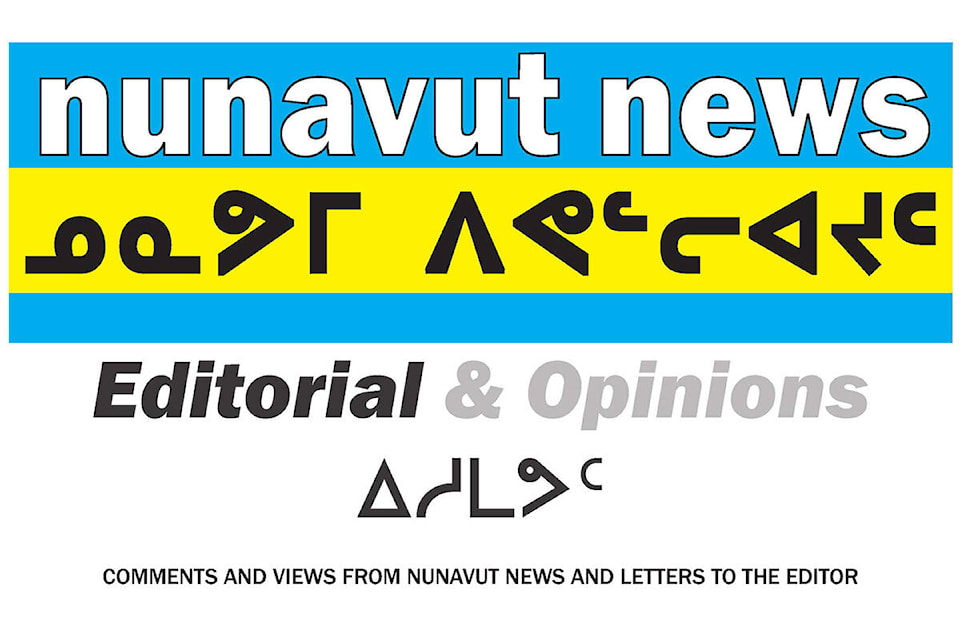It’s a long road to reconciliation.
Though we’ve been travelling that route with more people on board than ever for almost six years — since Canada’s Truth and Reconciliation Commission (TRC) released its report and calls to action — there remains plenty of work to be done.
The remains of 215 Indigenous children were uncovered at the site of a former Kamloops Indian Residential School on May 27, and, as of this writing, the number has risen to more than 5,000 across Canada and more than 6,000 when sites in the United States are included.
A December 2019 report by Eva Jewell and Ian Mosby for the Yellowhead Institute found that only nine of the TRC calls to action had been completed. However, their 2020 findings showed that figure fell to eight.
“Ultimately, we find that Canada is failing residential school survivors and their families,” say the authors of the report, stating that “five years, we believe, is more than enough time to test the strength and meaningfulness of that commitment.”
This year we can add at least two more completed calls to action to the list.
Number 80 sought a National Day for Truth and Reconciliation, and on Sept. 30 we will observe the first official day by that name, after Bill C-5 gained royal assent June 3.
Number 15 calls for the appointment of an Indigenous Languages Commissioner – on June 14, the Government of Canada announced the first four appointees to the new Office of the Commissioner of Indigenous Languages: commissioner Ronald E. Ignace and directors Robert Watt, Georgina Liberty and Joan Greyeyes.
Bill C-8: An Act to amend the Citizenship Act, which responds to Call to Action Number 94, passed its second reading Dec. 10, 2020 and is listed by Parliament as having received royal assent.
The steps may be small, but every step forward counts.
The Yellowhead report is less optimistic, stating discussions with Indigenous experts and practitioners point to non-Indigenous organizations exploiting federal government budget lines and skirting “the institutional change that reconciliation demands. In this way, money earmarked for reconciliation often results in little more than recolonization. As one of the Indigenous experts we spoke with put it rather succinctly: ‘We’re not just failing. We are regressing, back to before the TRC.’”
This doesn’t mean it’s time to throw in the towel though, as the report also concludes.
Nunavut Tunngavik Inc. President Aluki Kotierk said this time last year: “Work needs to happen and investment and supports need to occur to get Inuit to a point where they were before they were taken to residential school so Inuit are proud of who they are as Inuit … and they walk around our communities with dignity.
“Through all these public policies, there’s been so much shame put on us as a society … that shame does not belong to us. We are a product of the public policies that were placed on us. It is a result of all the things that have been done to us, and any people having had those same experiences would be having these social challenges as well.”
The barest minimum Canada can do is answer these calls to action as atonement, and then continue to follow up those actions with ongoing engagement with Indigenous peoples and organizations to ensure that healing is both achievable and fostered in a way that is respectful to those seeking it.
